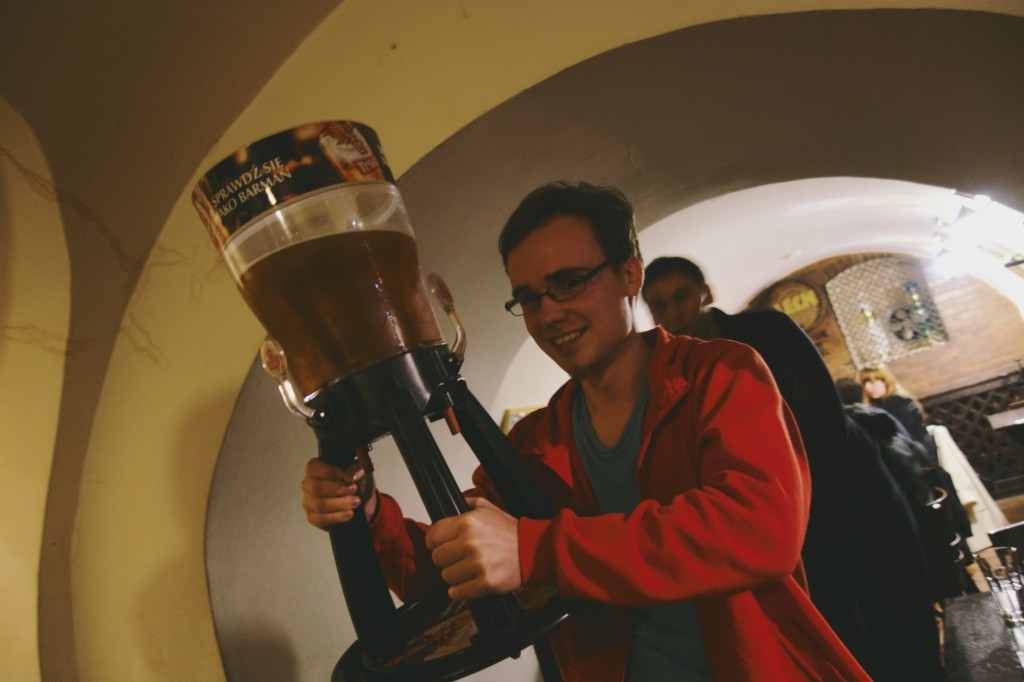Standing alone in the deep blue, dark of the night, rain heavier than I’ve known falling, an ice cold wind cutting through my waterproofs, I felt settled, purposed, and humble. I, was in Iceland.
—
Following our trip to Gdansk, Michael and I felt the urge to hit the road once more. Iceland is a country we’ve both talked about visiting. Poke your nose into Instagram and you’ll struggle to find a picture of Iceland that isn’t utterly beautiful. Not wanting to simply do a city break, we assumed Iceland would be far out of our budget. How wrong we were.
This is the story of how we drove 1,180 miles, stayed in 5 beautiful places, took 1,200 photos, spent £500 each, and created memories that will last a lifetime.
—
Our Arrival
Setting off with an unwelcome tiredness, we were on our way. Flying out from Luton on an Airbus A319 didn’t set the tone of an epic adventure. It felt a little…domestic. Three hours later, land appeared on the horizon. Keflavik Airport is a large, flat, former U.S. Airbase situated in what could have been a post apocalyptic tundra. We found ourselves here because it was far cheaper than flying directly to Reykjavik. (Whilst Michael had to fly down to London on the way out, and I had to fly down from Edinburgh on the return, the flights were only £110.00 each.)
The first thing you will see in Keflavik airport is a shop for the Blue Lagoon. If you’re so inclined, you can buy genuine Blue Lagoon mud. (It is worth mentioning at this point that, we didn’t go to the Blue lLagoon. Too touristy, not exciting enough.) We stormed through the airport and jumped on the first bus to Reykjavik.
With a little time to wait for our accommodation to become available, we headed straight to Reykjavik Roasters. A cosy little coffee shop we’d been drawn to after seeing it in a video during our research for the trip. Warm and welcoming, the cosy coffee shop was busy, but we managed to share a table by the window with a student. The coffee was delicious, the pastries were fresh, and it was the perfect place to burn a bit of time.

Time passed, and we were ready to check into Einholt Apartments for the first night. These apartments, in the heart of Reykjavik, are simple, but have everything you could need for a short stay. The rooms even had a little kitchen, which we had no use for in our short stay. At €75.00, it was great value, particularly for Reykjavik.


Our first night in Iceland was our only night in Reykjavik, and it wasn’t particularly memorable. A couple of beers, a burger, and a slice of pizza on the way home. It could have been any small town in Europe.We went early to bed, in anticipation of the morning.
The next morning, waiting for our car rental to become available, we ate the best about-to-start-an-epic adventure breakfast ever. A delicious fry up, pancakes and bottomless coffee. Using the free wifi, we finalised our stop-by-stop plan, and got ready to hit the road.
Michael was far more prepared than I was. I trusted his diligence and opinion. If he was going to enjoy it, I was going to enjoy it.
The Car
Car hire was far more than a necessity. It was one of the attractions. Both keen drivers, we took great care in finding a car that we’d be happy with. We wanted something we thought would be enjoyable to drive but that could also handle whatever Iceland threw at it. As with all our decisions, price was an unavoidable factor. We found a great price in a rather strange place.
A local Icelandic blogger, who clearly receives a lot of traffic from people looking to travel to Iceland including us, has a handy widget on her website which takes you straight to Budget Car Hire. Except, you get a massive 15% discount. When you’re hiring a car for 5 days, that really adds up. It was nice to know that we were giving a local a kickback too.
The 2014 Suzuki Grand Vitara was to be our trusty ride. At £268.81 for 5 days of hire, with the maximum Collision Damage Waiver, which unsurprisingly includes cover for volcanoes, that’s a magnificent deal. This low price made the trip possible. Thanks to services such as AirBnB, finding cheap accommodation is no longer an issue. Flying out of London, the fares are always in your favour, but car hire, that could have been one step too far.
It was perfect. with 1,100 miles ahead of us, tarmac, mud, thick ice, deep snow, water, you name it, At 200 miles a day, we didn’t have time to lose. Daylight lasted a blink at 6 hours, so the pressure to make the distance during day light hours was real.
Helped by the studded tyres, which all cars in Iceland seem to rock, the car stuck to the road and didn’t miss a beat.
Þingvellir & Geyser
Þingvellir National Park is the furthest most Icelandic tourists get. Wide open landscapes, with Tolkien-esq mountains in the background, the park sets the tone for what Iceland has to offer.
Probably the most famous destination in Iceland is Geyser. Geyser, and a number of other geothermic wonders, are made famous by the clockwork like eruptions of boiling hot water. Launching water 40+ feet in the air, these natural phenomena are something you’d expect to find in Disney Land, but they are very much real. Travelling in the low season, there were few other visitors. Getting as close as we dared, we crouched patiently, iPhones and cameras in hand.
For a moment you wonder if the eruption is actually going to happen. On the surface there is clearly life in the water, but not the powerful explosion that you’ve expecting.
But suddenly, expanding out of the ground, the tight viscus layer of water builds until it splits. Streaming, boiling water propels into the sky, pushing you back with fear of burning yourself. With the water comes a great tearing sound, followed by a cloud of steam which retreats towards the sunset. We watched enchanted, over and over, capturing what we could on camera.
We had an hour or so to drive to our AirBnB for the night, so only managed to fit in one more sight on the way. The sun was low as we pulled up to Gulfoss Waterfall. Windy and freezing cold, the scene was finished off by the most incredible array of colours in the sunset.
The flow over the waterfall was vast. It threw so much water into the air, that as it settled on the banks nearby, the grass was freezing in places, creating almost an icing around the waterfall. We stood here until the dark was almost upon us, then retreated to the car.
Our AirBnB that evening was a little apartment in a residential area, a couple of hours outside of Reykjavik. Situated on the south coast, it placed us perfectly to explore the coast the following day, a must for anyone wanting to experience the volcanicity of Iceland. We grabbed a couple of beers, and threw on our goto show, Peep Show.
The South Coast
We set off eagerly that morning, knowing the wonders that Iceland had to offer. Picking up breakfast on the road, we discovered one of Iceland’s food passions: hot dogs. I had read about this before hand and was sceptical, but they really are everywhere.
Perhaps the most well photographed part of Iceland, and the most recognisable, is the south coast. Near enough to Reykjavik that you can visit on a day trip, it has a number of spots of extraordinary beauty, and alien like environments.
The south coast is downhill from so much of Iceland’s volcanic history. Route 1, the road that circles Iceland, cuts through the lava fields, creating a perfect smooth platform to view with amazement. The landscape is mostly void of colour, replaced with empty blackness, disappearing into the horizon, often with light lingering mist. Where there is colour, it comes vividly, like the moss covered volcanic rock. The rock was cracked from the pressure of an evolving environment, it is rough like gigantic sand paper, but tipped with bright green life, almost as though it has been turned upside down and dipped in paint.
—
Seljalandsfoss is such a popular waterfall because of how close you can get.
A narrow path winds up from the car park only a few hundred yards away, before leading you back down and behind the waterfall.
Worn away by the endless fall of water blown hard against the rock by the winds from the south, this wide open hole in the rock frames the horizon in the most beautiful way.
Constantly wet from the spray, we took time to reflect on where we were. A small rock extends over the pool of water at the bottom of the fall. As the wind gusts, volumes of water crash down.
Kitted head to toe in waterproofs I just had to take the opportunity.
—
Chosen by Apple for the their Retina iMac wallpaper, Skógafoss is a tall, powerful waterfall just up the road from Seljalandsfoss. The long dark banks of the stream that runs from the bottom waterfall invite you in for closer inspection.
With a viewing platform stuck on the mountain side, there are even more breathtaking views to be had. As before, we felt compelled to be close to the action; to feel the power. Whilst there were a quite a few people taking in the view from afar, we were the only people who ventured right to the base of the waterfall. The pure power of the waterfall, as small as it was, was simply awesome.
Captured in slow motion, we were repeatedly battered back by the sheer volume and speed of the sideways water, laughing at how little we could do against the sheer strength of the elements.
—
Amongst the nature in Iceland, are some remarkable signs of human kind. One of the most mysterious of these is the wreckage of the crashed DC plane, on the black beach in Sólheimasandur. In 1974, during a flight across the Atlantic, the pilot of this aircraft was switching full tanks, only to discover he had no fuel. Their only option was a crash landing, and this beach was their only hope. 3.5KM from the nearest road, and about 1KM from the sea, where this plane came to rest must have seemed like a hopeless nightmare. With nothing but black sand in every direction, I can only imagine the fear and despair which the crew must have felt. Fortunately all on-board survived this misadventure, but their aircraft was not so lucky. Stripped of it’s valuables, only the husk of the plane remains.
Finding the plane is challenging. Not sign posted, presumably because of how inaccessible it is, we followed the coordinates (63.459523,-19.364618) we found online during our research for the trip. The points leads you to a unremarkable gate in a fence at the side of the Route 1. Driving through the gates, you follow the fence line and turn onto the black sand beach. Now you just drive. You can’t see the plane, but it is out there. Slowly and carefully we edged across the sand, avoiding boulders either side of our tyres. A few hundred metres on we passed a small van come camper abandoned in the sand. 500 metres further on, the two inhabitants had decided to walk. Their van, without four wheel drive and flat road tyres, was getting them nowhere. We continued on over the seemingly endless sand, but as the sand began to fall away in front of us, the plane revealed itself.
Not a single person in sight, the plane was sitting peacefully with the wind blowing through it. As you get closer, the real damage of the crash landing shows. From a distance the plane looked so robust, close up, the delicate skin on the outside was torn and pierced, clearly from the ferocity of its landing.
Climbing inside, one gathers an appreciation for what flying must have been like in its day. Cramped, small, and rudimentary, this plane clearly could fly, but it was a million miles away from aviation as we know it today.
—
Our last stop before out AirBnB for the night was a glacier. Situated a kilometre or so from the car park, this great flow of ice glowed as the sun set over Iceland. By this time in the day we were tired. A lot of driving, and lots of walking around, we were about ready to head home for the night. We stayed however in the presence of the ice for sometime.
That glow was mesmerising. Sucking in all the remaining light, and bouncing it back again, it was as though it had a back-light, reminding us it was there. A large pool of melt water sits at the base of the glacier, with what I can only describe as miniature icebergs floating on it. We stood with our shoes in the water, throwing stones onto the ice, in the hope hoping of hearing a brilliant twang from the ice. Eventually the light became too low, and we headed back to the car.
That night we stayed in a cosy little apartment in a harbour town in the south east of the country. The route to it along the coast, lit only by the untempered moon, was breathtaking. And what was even more breathtaking was what we couldn’t see. A low hanging mist was clearly visible, the winding road, and clear hillsides to our side meant we must have been near the coast, but we couldn’t see it.

Stopping the car at the side of the road, we tentatively sent up the camera, shooting into what appeared to be nothing. How wrong we were.
The North East
Our longest drive of our time in Iceland was from our apartment in the south east, all the way up to the second largest city in Iceland, Akureyri. Through the night the weather had somewhat worsened. Combined with the altitude, this part of the drive was very snowy, and very icy. Fortunately the car was prepared. Our studded tyres kept us stuck to the road like glue. It was only when stepping out onto the road for photo opportunities that we realised just how bad the roads really were. We were driving, at speed, on sheet ice. But you honestly wouldn’t have thought it was that bad. When it did get a little slippery, locking the differential did the trick. We felt invincible.
Sitting in our warm car, with music blaring, it was very easy to feel far removed from your environment. At times we were probably hours from the nearest person. Outside, we probably wouldn’t have lasted the night, but our little bubble was so very sheltered. What is the point in being there, miles from anyone, if you can’t feel the isolation or helplessness that could be upon you.
Most of this drive was empty. Pure white horizons, with dark earth peeking through. We would travel huge distances and see no one. With so much driving, we only had time to see a couple of things before reaching our final destination.
Dettifoss was on our list of unmissables, but like many roads in Iceland, the road to it was impassible.
However, we did make it to Hverfjall. We nearly didn’t. Almost beaching the car on the deep snow, the journey to it was a little hairy.
During the summer, this volcanic marvel is a tourist magnet, with a constant stream of people ascending and descending, but that day we only saw two people, and they were leaving. We had it to ourselves. We marched up fairly quickly.
On our private viewing platform, we just sat and took in the view. Completely silent, and not a single person in sight as far as the eye could see. At the highest point the wind did become overwhelming. I ventured alone to the highest part to capture a few stills, but could only stay for so long, as the wind was so intense that to catch a chest full of air was challenging.

The drive that day, as long as it was, meant the light went before we were ready for it to go. We didn’t let this deter us from our final sight for the day, Godafoss. First however, we came across a little area of geothermic flurry. From the road, all we could see was the steam, but what was most obvious was the smell.
Pulling off the road, we took a few minutes to walk around and take in the rather peculiar sight of steam rising out of the ground.
The constant activity had clearly impacted the ground around. Thick mud, bright in pigment, it was unlike anywhere else we had set foot on.
Back on the road we arrived at Godafoss. Pulling into the car park, the sunlight was completely gone. By this time the weather had worsened, a lot. The rain was pounding down on us, and it was freezing. So, so freezing. Sharp is the word that comes to mind. Immediately we got out of the car, we could hear the waterfall, the moonlight lead us to it. Walking slowly over the slippery rocks, we approached as near as we dare go. The cold was so overwhelming Michael went back to the car for gloves, leaving me standing only feet from the edge of the waterfall. It was quite a walk, and I lost sight of him behind the car which was barely visible. It was so cold that it was causing Michael significant difficulty just getting his gloves on. Standing alone in the deep blue dark of the night, rain heavier than I’ve known falling. through my waterproofs, an ice cold wind which cuts through, I felt settled, purposed, and humble. I, was in Iceland.
On Michael’s return we strategised the photo we wanted to take of the waterfall, speaking loudly over the roar of the great flow of water near us, and the shattering rain above us. My camera not being weather sealed meant taking a shot in the downpour was going to be treacherous. I was to operate the camera, Michael was going to create a rain shield, just above the camera using a piece of cardboard which covered the steering wheel at the start of our rental. The camera was deep inside my jacket, so we had to stand close and work quickly. Without gloves was the only way I could quickly work with the camera. The sharp cold was so harsh on my hands that I quickly lost the feeling in the them. It was so worth it. Shooting in shutter priority, it only took us two 10 second exposures to capture what we were after. Reviewing the photos there and then, we were again astonished with how Iceland’s beauty reveals itself on camera.
We got back in the car and drove to Akureyri. The city is rather unremarkable. It could be any European city. We ate in a American style restaurant, and enjoyed a drink in a local bar. It was quiet, and pleasant enough. On the road out of the city the next morning, we came across a street of offices. The big 4 consultancies for that matter. Each next to the other, identical offices. I thought I was meant to be as far away from London as possible.
The North Coast Road
There wasn’t really anything on our itinerary for our second last day. Tired from the masses of driving over the last few days, we wanted to take it slow, and get to our final lodgings at a nice pace.
The drive to Hvammstangi could have only taken a few hours if we’d taken the most direct route, but after consulting with the hotel receptionist, we decided to take in some more of the coast. Following the coast north out of Akureyri, we discovered some exceptional views.
Mountains vast and snow topped, meeting with the wide open ocean. The contrast was truly staggering, and every corner produced new photo opportunities.
Along our way, we stopped at a fishing village, Siglufjörður. This town was brimming with activity. Grabbing a cup of coffee in a local cafe, we watched local people coming and going, all very merry.
Signs of the towns history were easy to find. Boats in and out of service, and also a memorial to locals lost at sea on rescue missions for stricken friends and family.

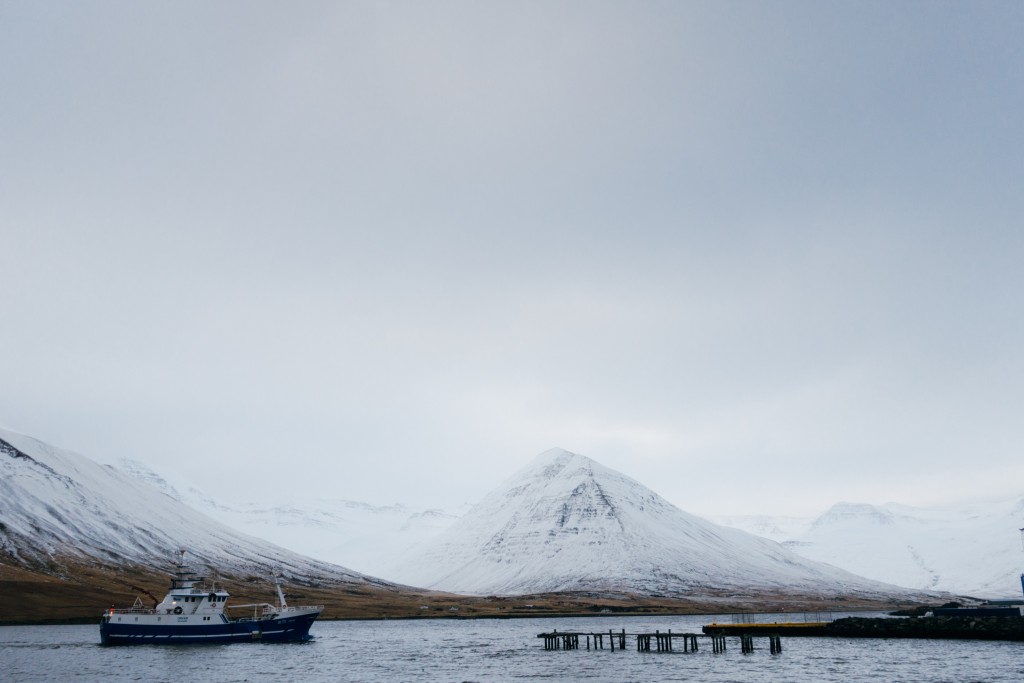
 The sense of warmth and community must be what keeps the isolated people content. So far from the safety of larger cities, they have only each other.
The sense of warmth and community must be what keeps the isolated people content. So far from the safety of larger cities, they have only each other.
There was one stretch of road, which cannot have been longer than a couple of miles, where we had to keep stopping because the view just got better and better. When we finally pulled off the road in a stopping area, we were overwhelmed with the view. It was impossible to take in.
So vast, so unbelievable. You keep taking photos, and they just don’t capture the place. All you can do is stare in awe.
In amongst these natural wonders, also existed some incredible feats of engineering. The ambition of the Icelandic people to connect their country by a single ring road meant that significant obstacles would have to be overcome. The most significant of these? The mountains. Unlike tunnels I’ve ever experienced, the passages cut through massive mountains, travelling 10KM deep through the mountain connecting the unconnected.
These tunnels are so vast that they almost invoke that feeling when you think your loading bar has stuck. Are we moving? Are things changing? Will it ever end? I imagine taking a car with an exhaust that’s a little noisier, might have been a lot of fun.
We retreated from the coast and headed inland for our final night.
Hvammstangi Cottage & A Very Late Night
As the sun set, we pulled into the fishing village of Hvammstangi. Our home for the night was a cosy cottage, perched on the hill over looking the village. After dropping off our bags, we ventured out into the village to pick up some supplies for dinner. In Reykjavik, we did buy lots of tinned food and bottled water in case we ran into some trouble, but that was pretty basic stuff. Inspite of its size, the town had a fairly good supermarket. Beer however wasn’t available in the shop. In fact, you can only buy alcohol in state owned shops. The nearest? A tiny room, in the back of the hardware store, next door to the supermarket. At last, we picked up a six pack and headed back up to the cottage.
One of our distant hopes for our trip was that we might be lucky enough to see the Northern Lights. I have friends who have travelled to Iceland with the sole purpose of seeing the Northern Lights, and haven’t seen them. So, we didn’t get our hopes up. Sunset is early in Iceland, so we spent the early part of our evening making dinner on the tiny electric stove in the cottage. Around 11, we finally ventured outside. The bright lights inside made it difficult to see what was happening in the sky.
Nothing to report.
We took some long exposures of the night sky, the cottage, and the car. These epic, surreal photos made possible by the lack of light pollution, look incredible.
In preparation for the possibility of seeing the lights, I began experimenting with exposure settings on my camera. Enough to get the stars to shine through, but not too much to blow out the horizon.
That’s when we noticed the green. Reviewing one of the longer exposures, this light tint of green was light brushed across the sky. At first I thought this was just some issue with the screen on the camera. The anti-reflective coating refracting some light, I looked closer and it really was there. Looking back at the sky we couldn’t see anything. Clearly too faint to be seen with the naked eye, the lights were clearly coming. We ducked back inside and waiting for a couple of hours.
We finally ventured out at about 2am and there they were. Greeness in the sky. Unexplainable, unbelievable. Soft, faint, and gaining in strength. First we saw this broad green band towards the north, followed by the pillars in green and purple forming to the west. There is little that you can say at these times.
Ideal conditions for the lights are a clear sky and low temperatures. Boy was it cold. We were well prepared for this trip, but even with every layer I had, it was cold out. The grass was frozen solid, the road slippery, but that didn’t seem to matter. We stood in the cold for over an hour, standing and staring towards the sky, taking photographs, and sipping whisky.
What an extraordinary last night.
Morning came, and we had to hit the road early to make it back to Reykjavik to drop off the car and make it to the airport. We set off as the sun was rising, filling the sky with the most incredible colours.
As we snaked down to sea level, Iceland was still throwing surprises in our direction. My favourite panorama of the trip was taken just by the car park next to the Icelandic equivalent of TGI Fridays. We parked up and I ran half a mile to the waters edge, past the last lamppost to capture the frozen yet flowing waters, meeting the colossal mountains.
Spending so much time in a warm car, you don’t realise how cold it is outside. Running back the car, at this moment I really realised how cold we were.
We started our drive that morning in a fishing village in what felt like the most isolated place in the world, but as we neared Reykjavik, normality returned. Fewer 4×4’s, familiar shops reappeared. We were ready to fly home.

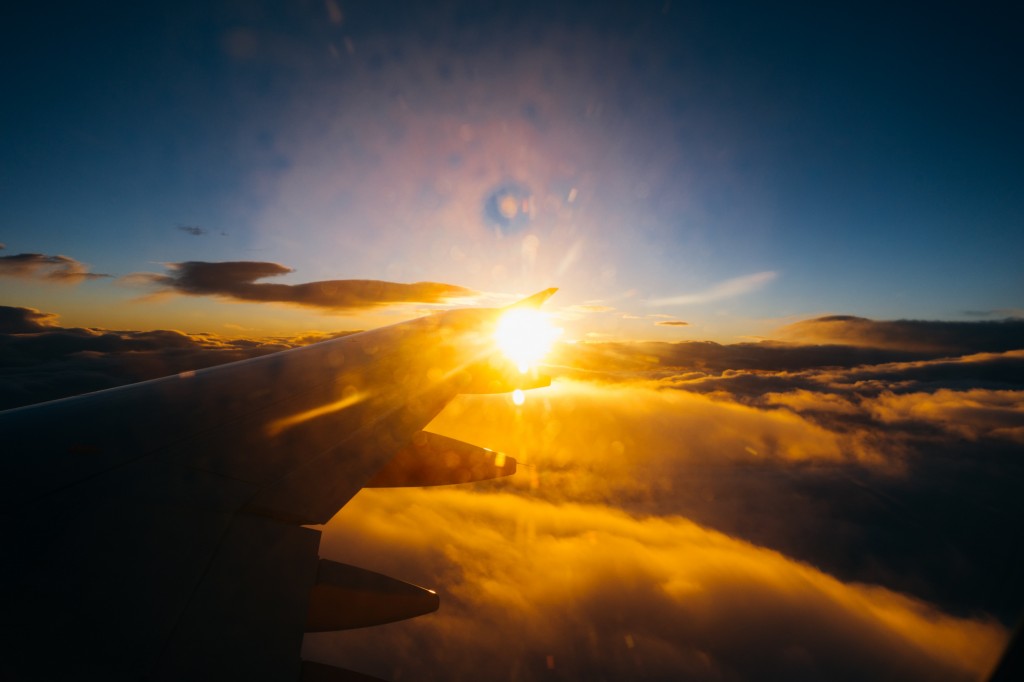
I will go back to Iceland, no question. Michael and I are already planning our next trip. So many more adventures to be had.









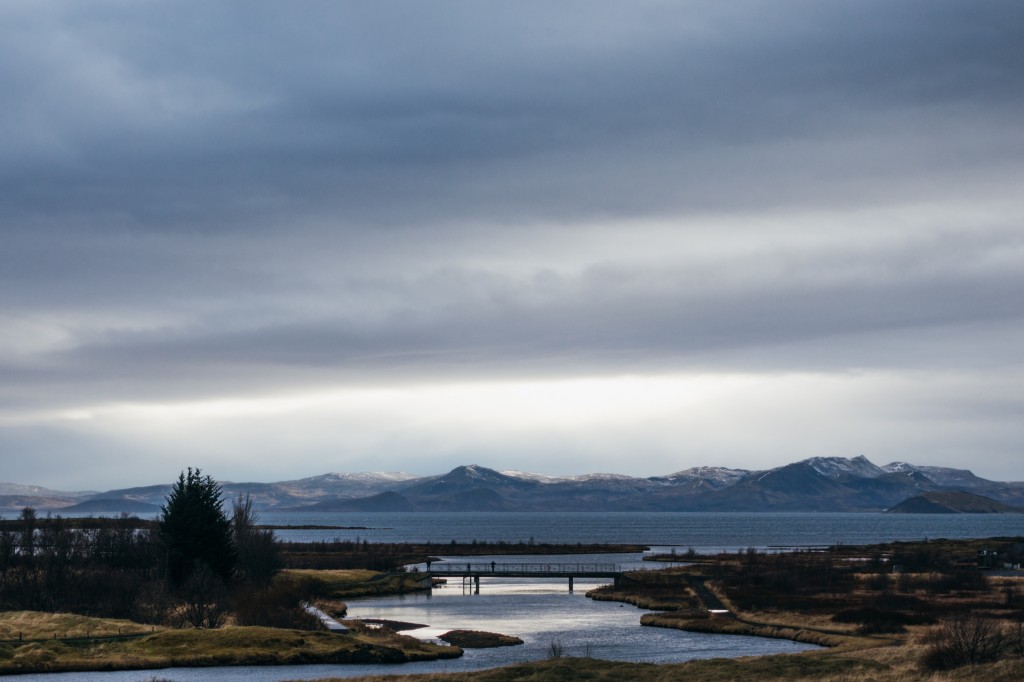
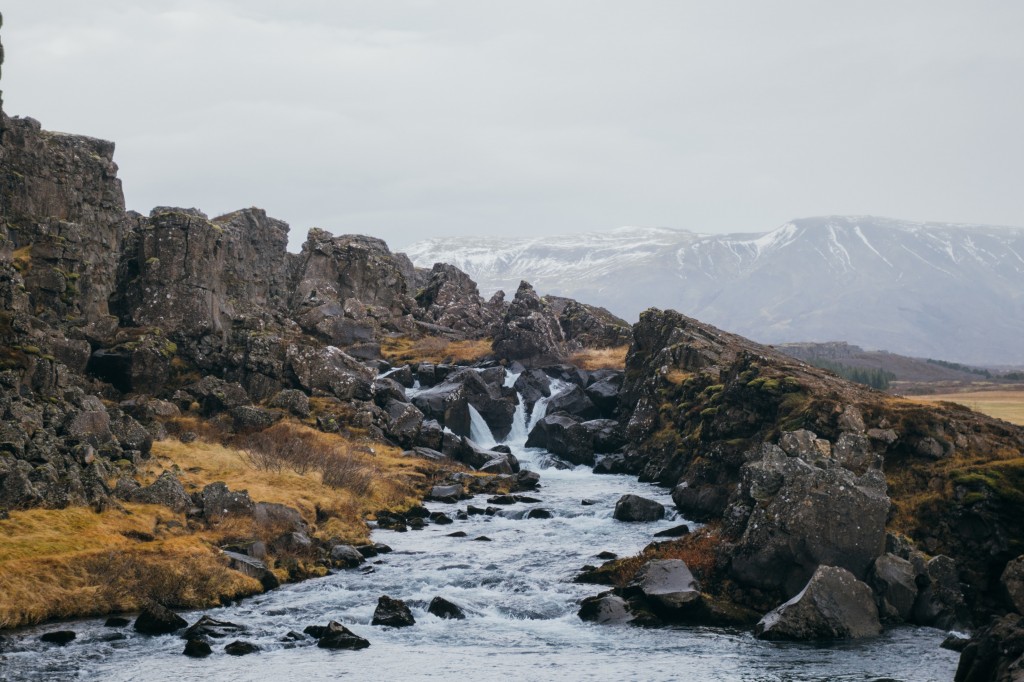

















































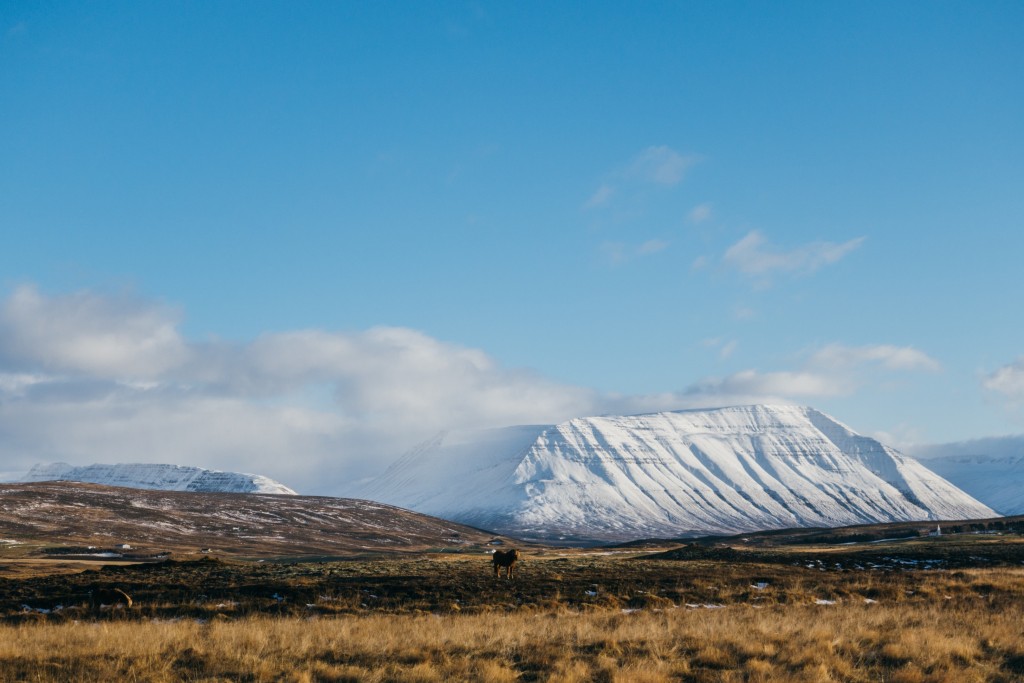








































































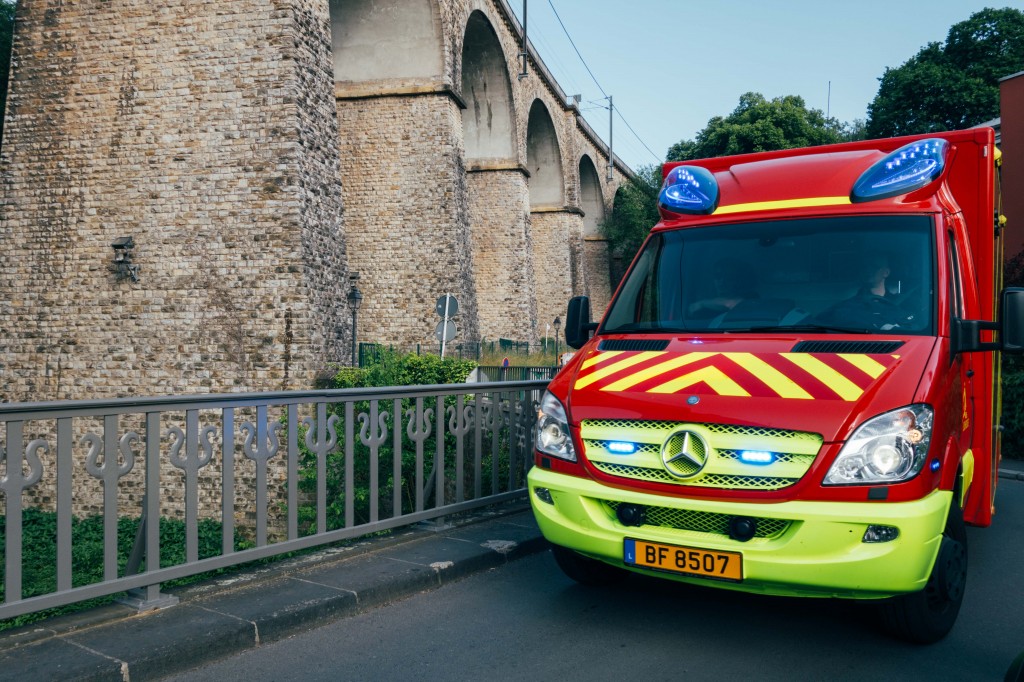















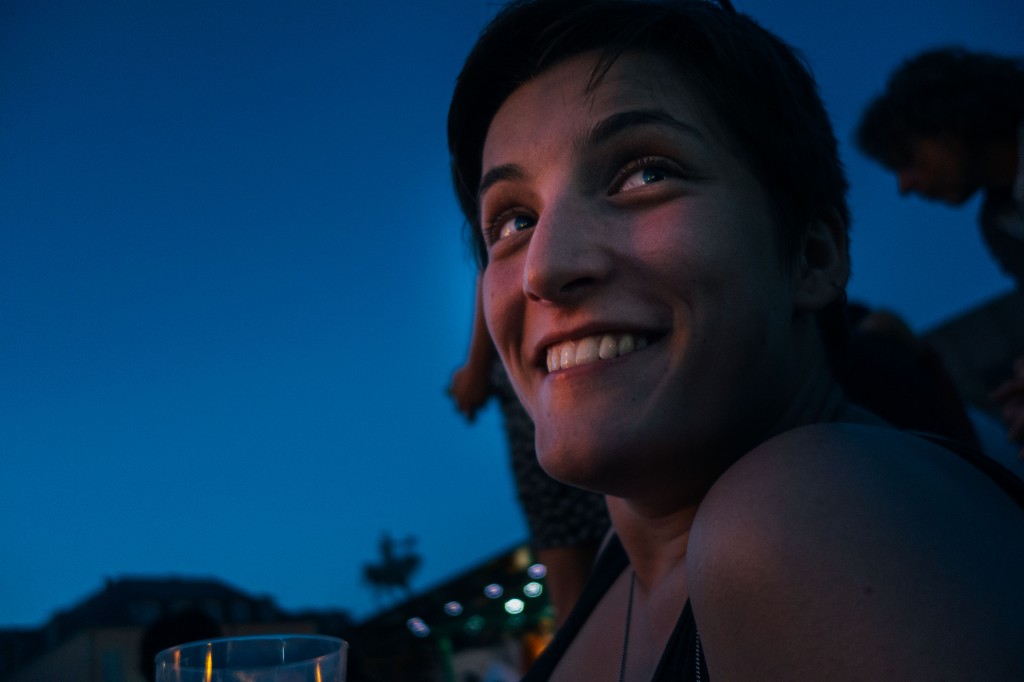













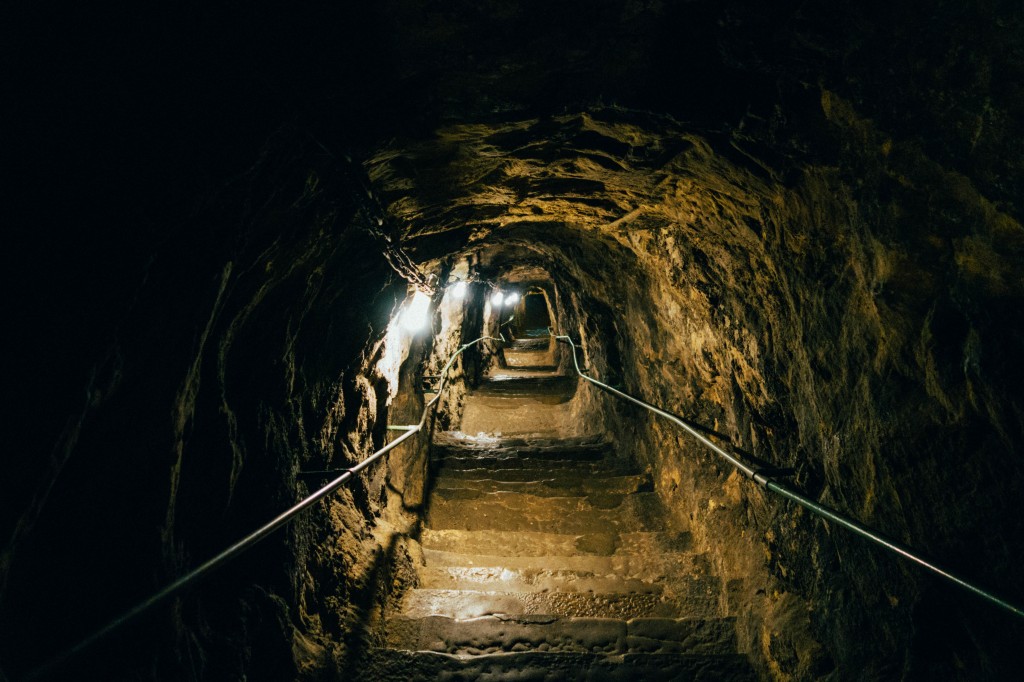











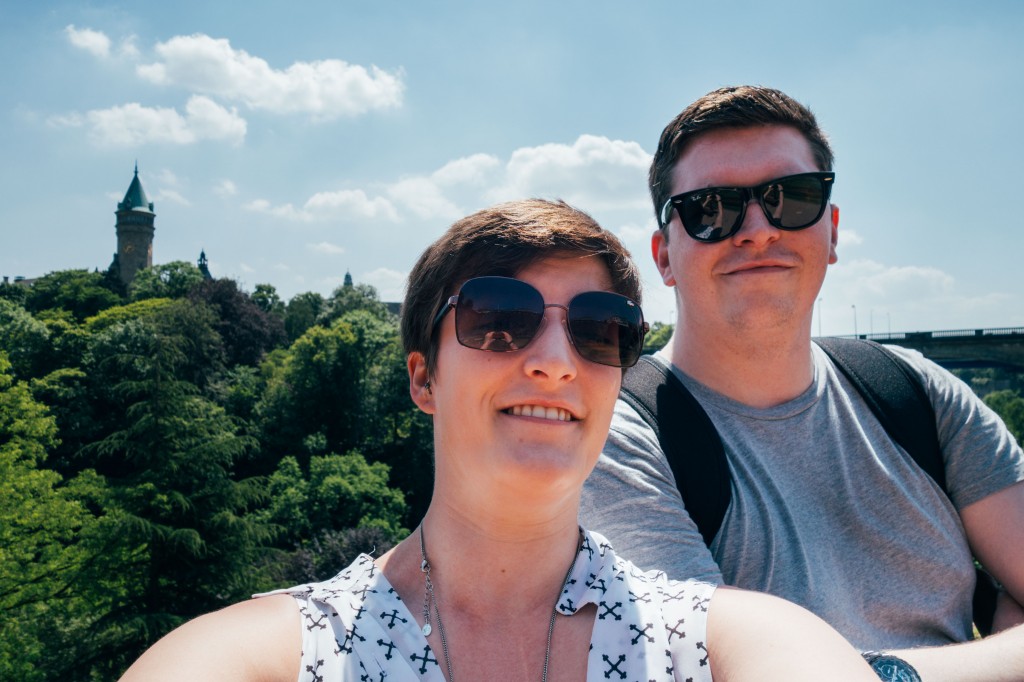










 I don’t know enough about architecture to comment fluently, but the architecture certainly creates a charming feeling in Gdańsk, whilst feeling a little Madam Tussauds. Back to our trip…
I don’t know enough about architecture to comment fluently, but the architecture certainly creates a charming feeling in Gdańsk, whilst feeling a little Madam Tussauds. Back to our trip…









